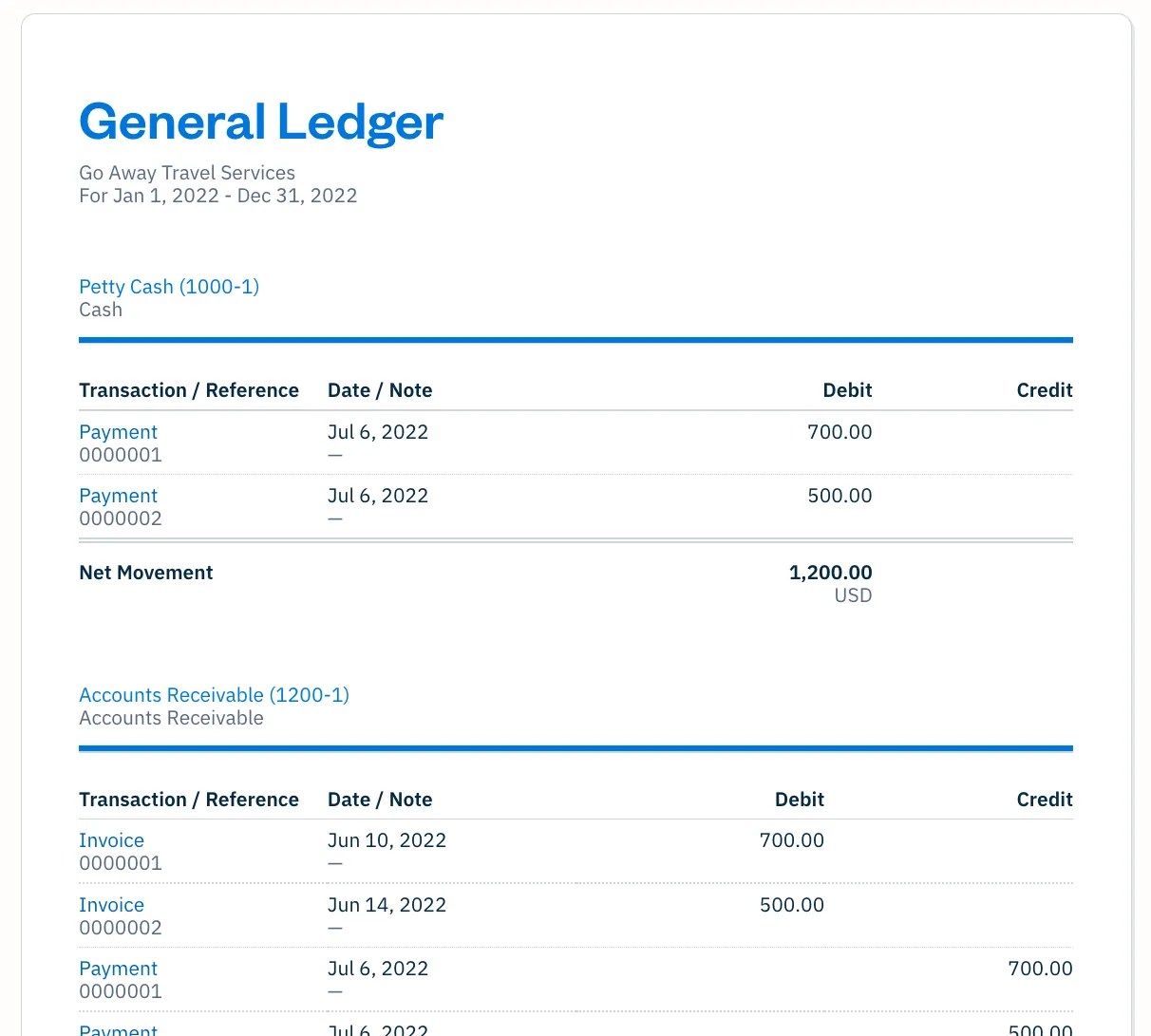FC Barcelona, a name synonymous with footballing artistry and global prestige, finds itself in a peculiar financial tango. Despite recent efforts to stabilize its economic footing and even posting a slender profit, the club`s latest financial report for the 2024-25 season paints a picture of persistent, albeit manageable, debt.
At the heart of this intricate financial web lies a significant €159.1 million owed to other football clubs from past player transfers. A substantial €140.6 million of this sum is due within the next year, underscoring the immediate pressure on the Catalan giants. This isn`t merely an abstract figure; it`s a tangible reflection of modern football`s reliance on deferred payments, a system that, while facilitating big moves, can also create a prolonged financial echo.
The Creditors` Roll Call: Who Barcelona Owes
The list of clubs awaiting their dues from Barcelona reads like a roll call of European football. Leading the pack is Leeds United, still anticipating a hefty €41.9 million for the 2022 transfer of Raphinha. One might ponder the irony of a player`s arrival two years prior still dictating current financial obligations. Bayern Munich, for their part, are owed €20 million for Robert Lewandowski, a striker whose goals have undoubtedly provided value, but whose full cost is yet to be settled. Sevilla, another Spanish counterpart, awaits €24.5 million for Jules Kounde, while Manchester City patiently expects €13.3 million for Ferran Torres. Even Real Betis has an €8 million claim for Emerson Royal.
Beyond these headline figures, smaller, yet cumulatively significant, amounts are due to clubs like Girona, Valencia, Sporting CP, and Rennes, demonstrating the widespread nature of Barcelona`s commitments. It’s a financial mosaic, where each piece represents a strategic acquisition, yet collectively forms a considerable ledger of liabilities.
The Other Side of the Coin: Who Owes Barcelona
To provide a balanced perspective, Barcelona itself is owed €64.1 million by other clubs for its outgoing transfers. Porto owes €6.7 million for Nico Gonzalez, while Al-Ahli has an outstanding debt of €4.1 million for Franck Kessie. Shakhtar Donetsk also needs to settle €3.1 million for Marlon. Smaller balances are due from clubs including Braga, Chelsea, and Real Betis. While these receivables offer some offset, even if all these payments materialize within the next year, Barcelona would still face a net debt of approximately €100 million.
This two-way street of deferred payments illustrates the deeply interconnected financial ecosystem of professional football. Transfers, often portrayed as singular transactions, are in reality prolonged financial commitments that ripple across balance sheets for years.
The Anatomy of Modern Transfer Finance
This scenario is not unique to Barcelona, but rather a magnified example of a systemic element in contemporary football. Clubs frequently structure transfer fees with initial payments followed by installments, often spanning several seasons. This practice allows clubs to spread the financial burden of large acquisitions, facilitating bigger deals than might otherwise be possible with immediate full payment.
However, it also introduces a layer of complexity and potential fragility. Should expected revenues falter, or subsequent transfers not materialize as planned, these deferred obligations can quickly transform from strategic tools into significant financial pressures. It’s a calculated risk, essential for acquiring top talent, but one that demands rigorous financial management.
A Whisper of Profit Amidst the Whirlwind
In the last financial year, Barcelona reported a total revenue of €994 million, alongside expenditures amounting to €965 million, culminating in a slender €2 million profit. While a profit is, by definition, a positive outcome, this particular figure feels more like a whisper than a shout of financial triumph when viewed against the backdrop of outstanding debts and substantial operational costs. It highlights the razor-thin margins at play, where even minor fluctuations can tip the balance.
The club`s management is set to convene a general assembly on October 19 to deliberate the next budget and future spending blueprints. This meeting will be critical in charting a course through these continuing financial currents.
The Road Ahead: Stability, Not Stagnation
Barcelona`s journey towards complete financial stability is clearly an ongoing endeavor. The current debt figures serve as a stark reminder that while sporting performances may stabilize, the economic repercussions of past decisions linger. It`s a testament to the colossal scale of modern football`s finances and the delicate balancing act required to manage a global sporting enterprise. The aspiration remains clear: to build a sustainable financial model that supports elite sporting ambition without falling prey to the pitfalls of unchecked spending. For Barcelona, the ledger is slowly being reconciled, but the final chapter on its financial narrative is yet to be written.

